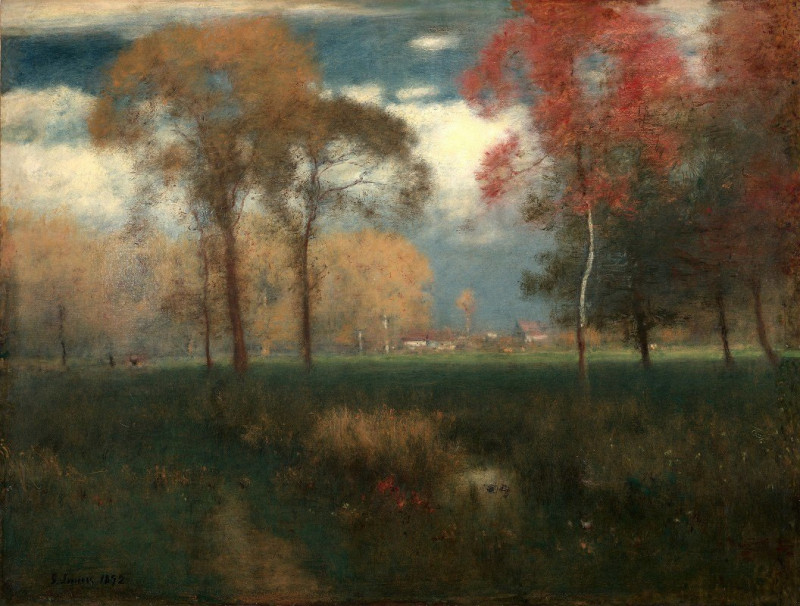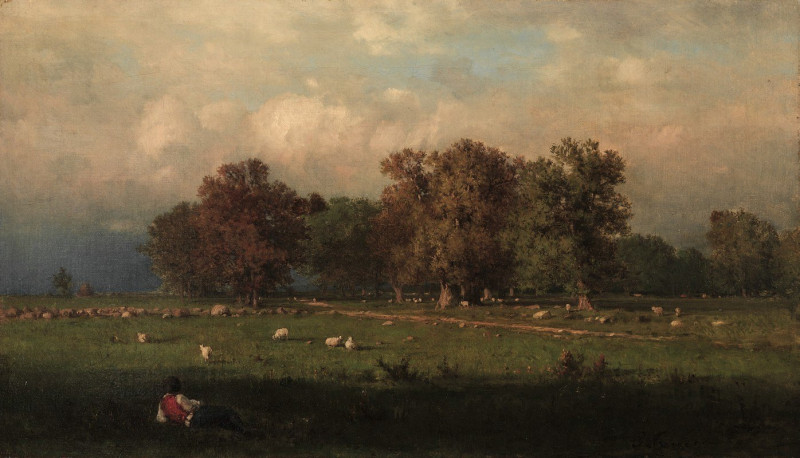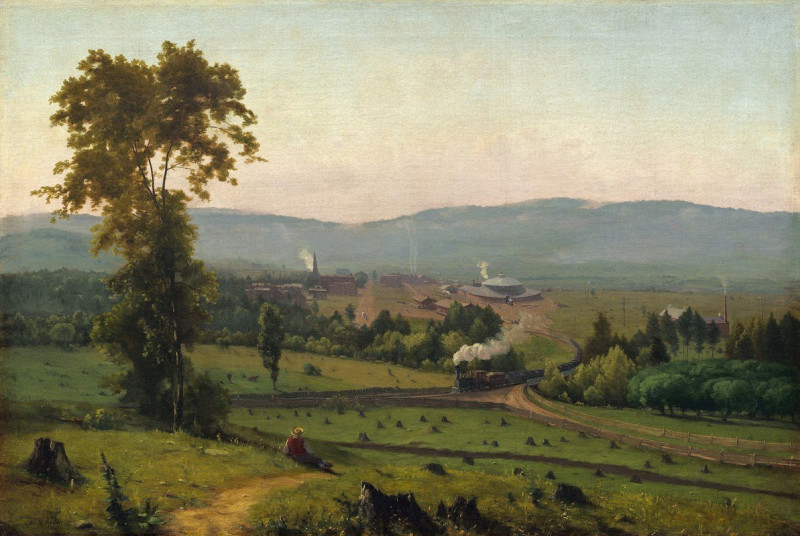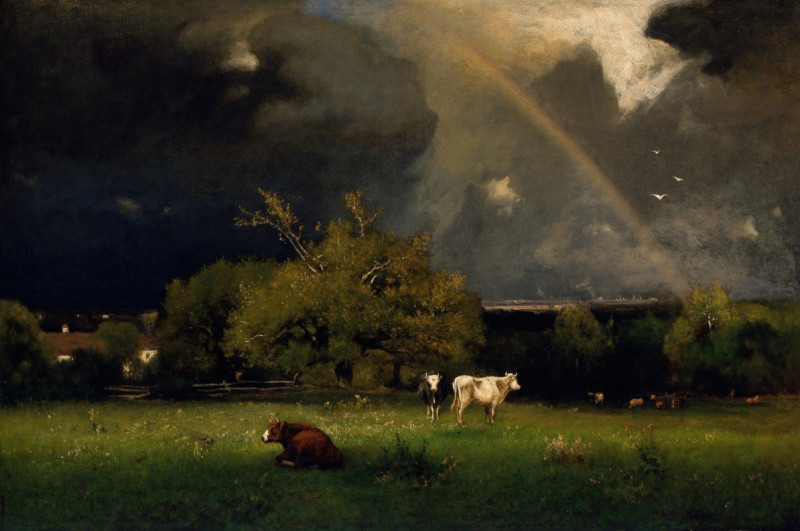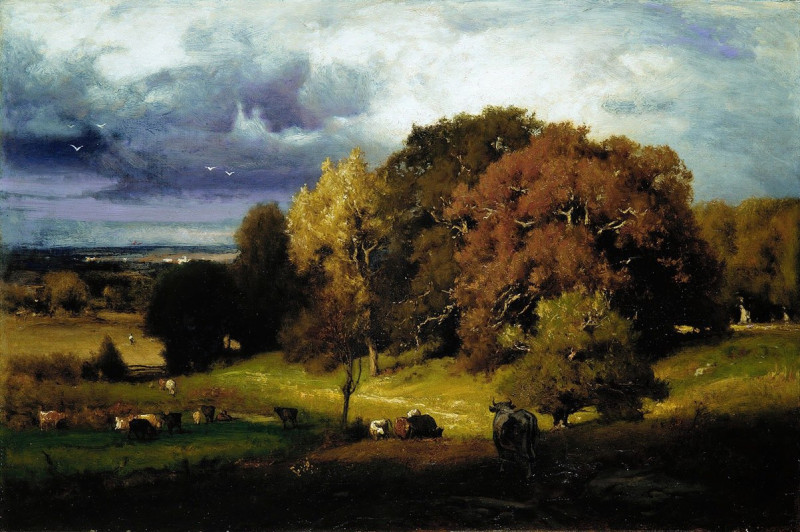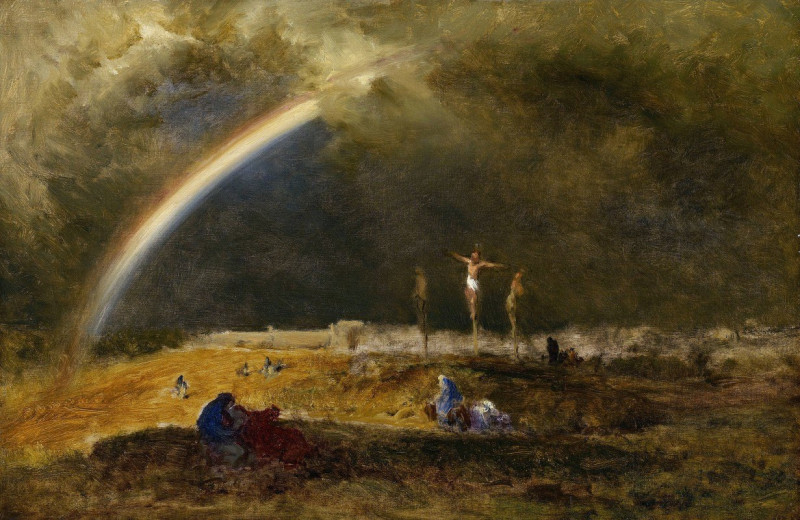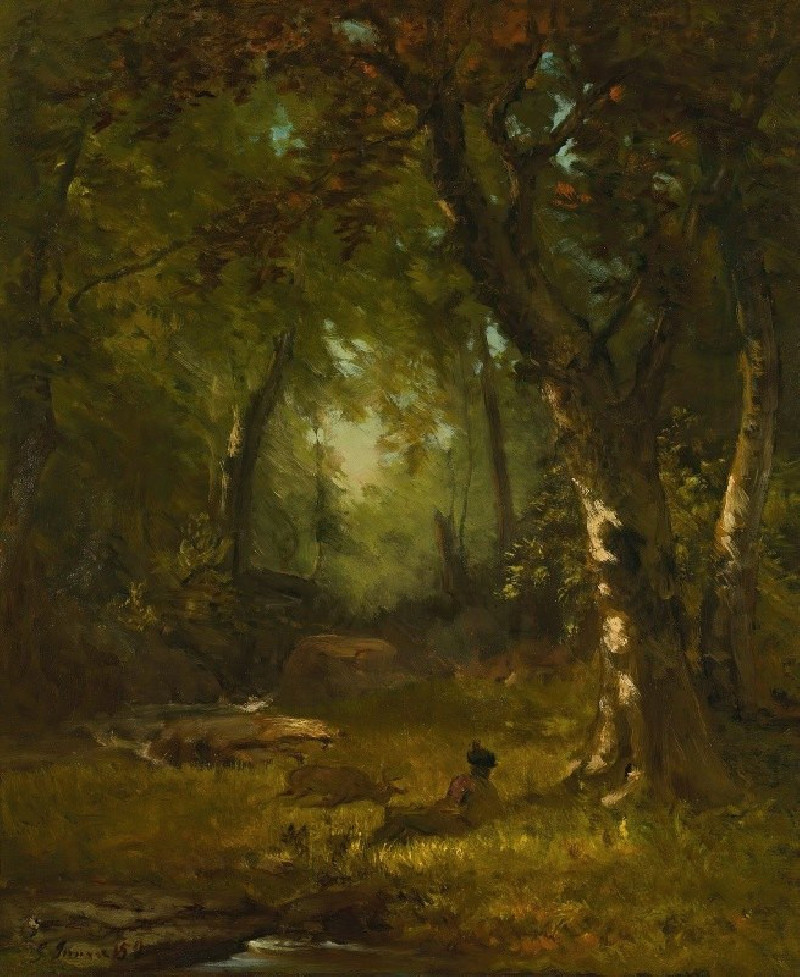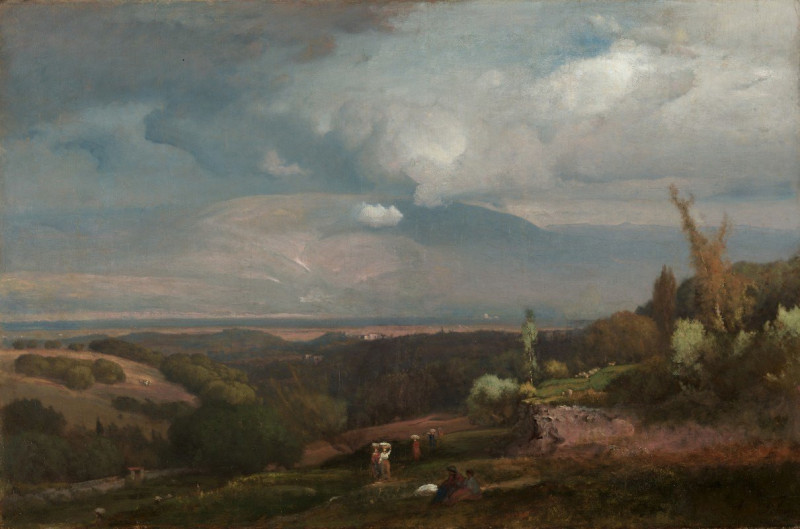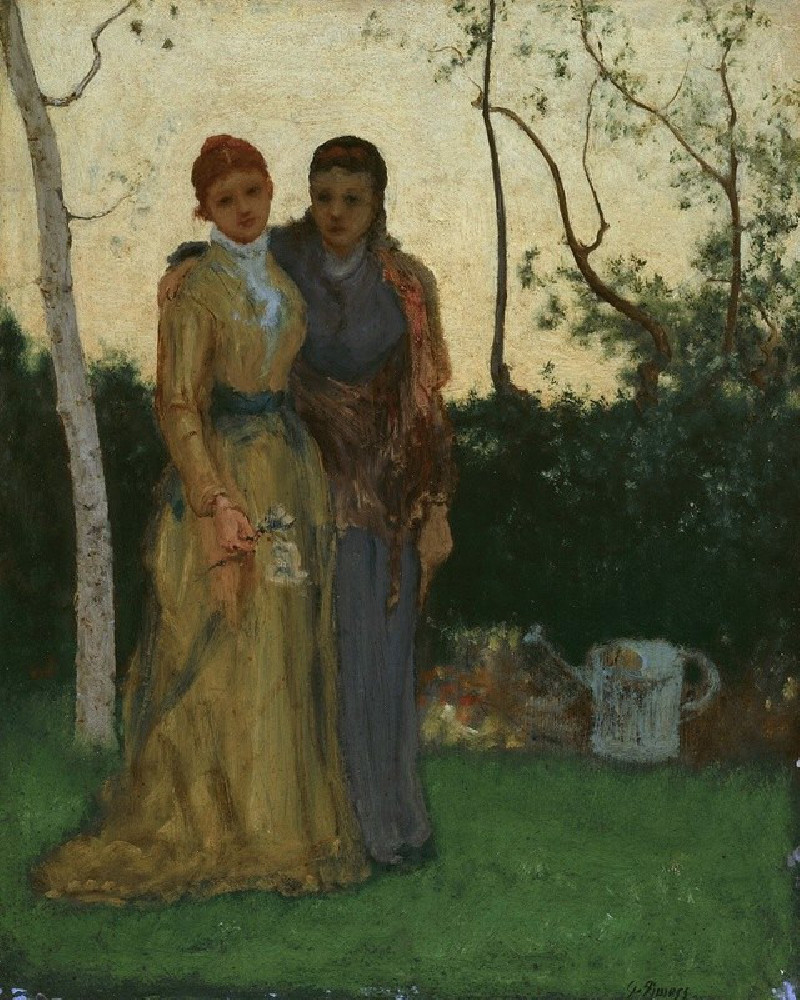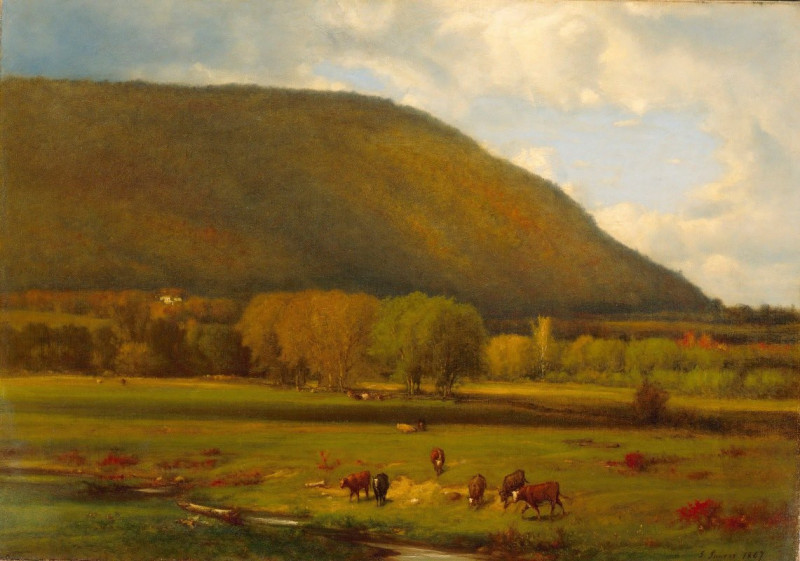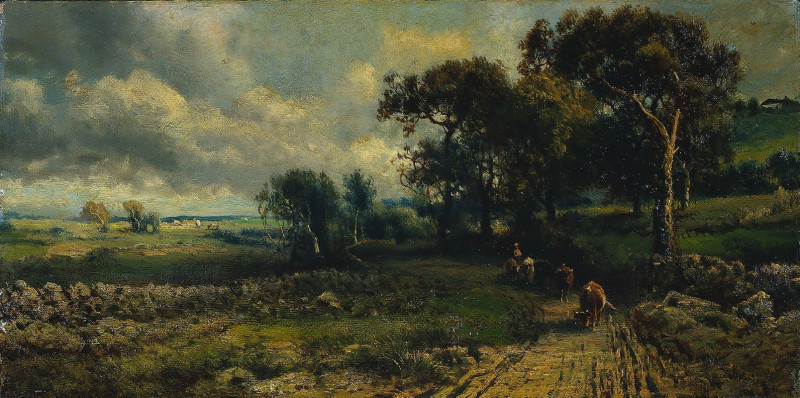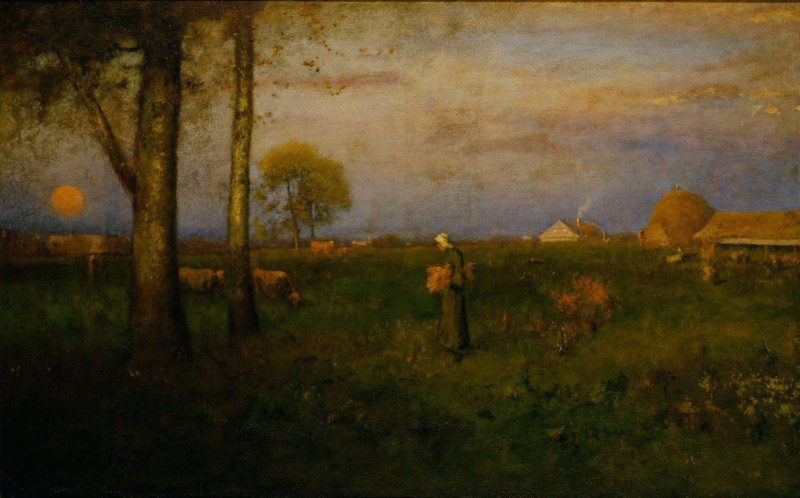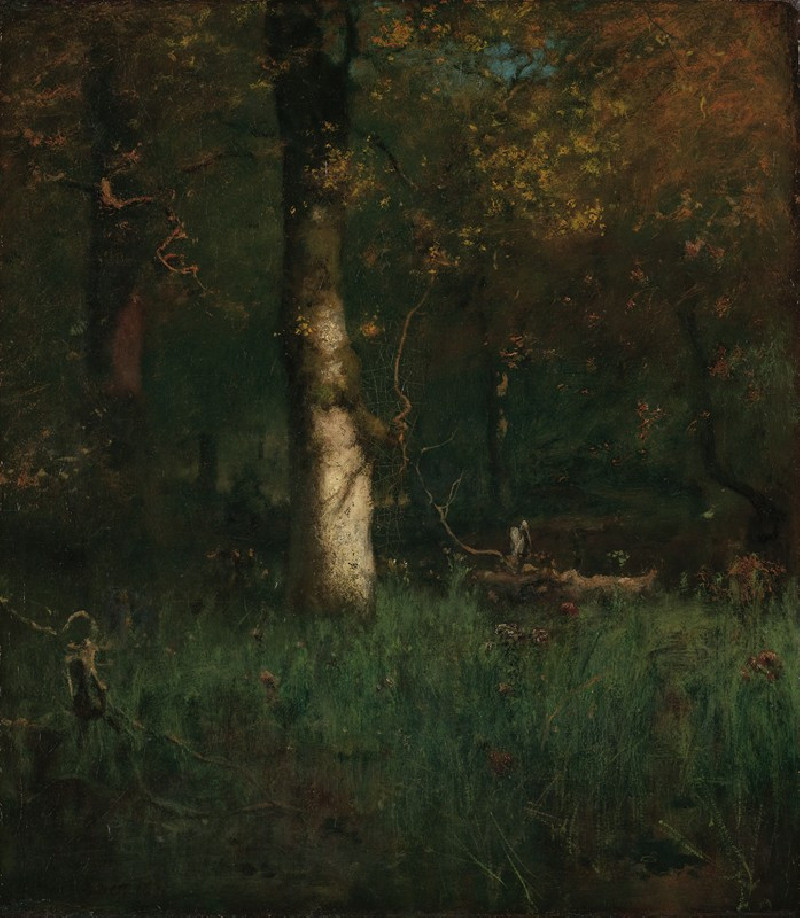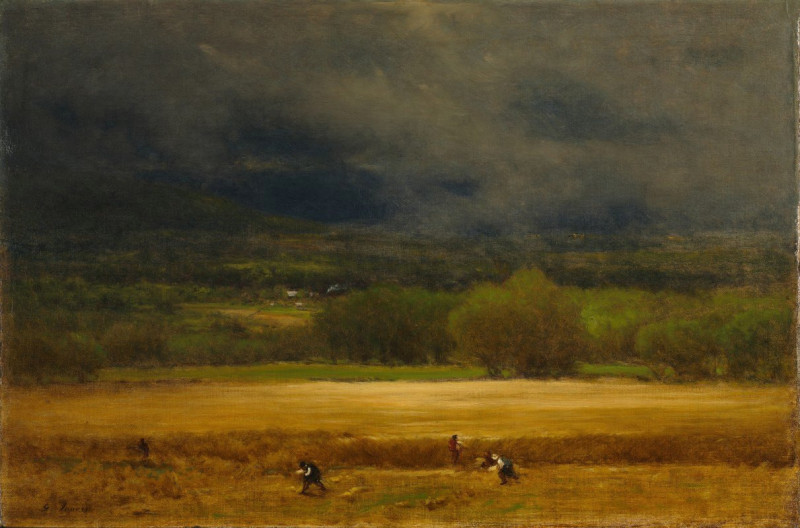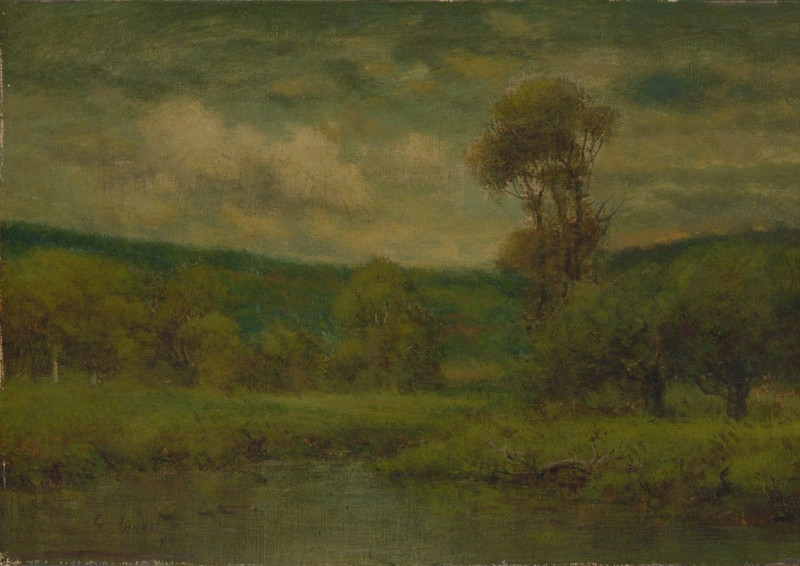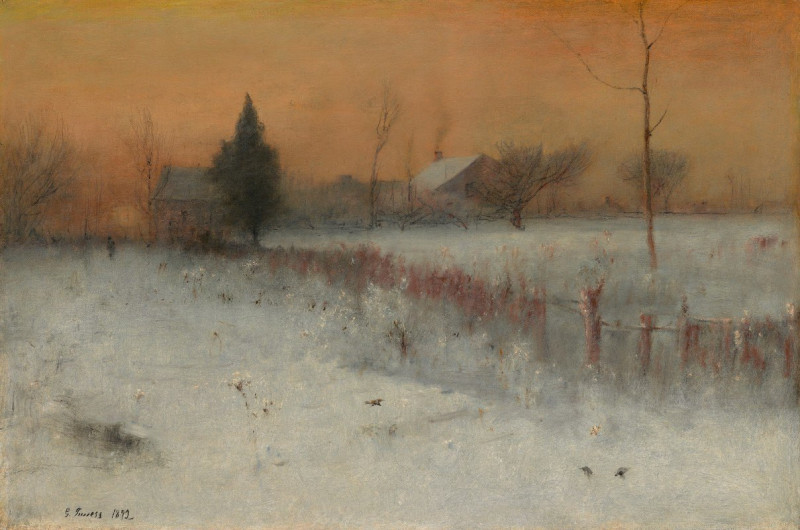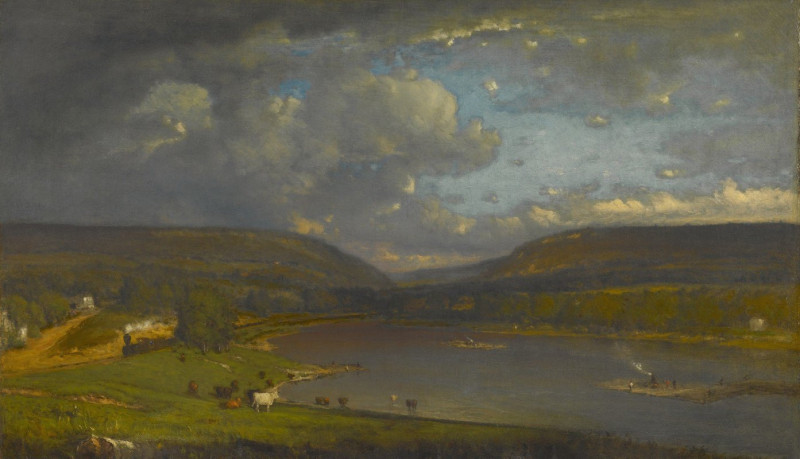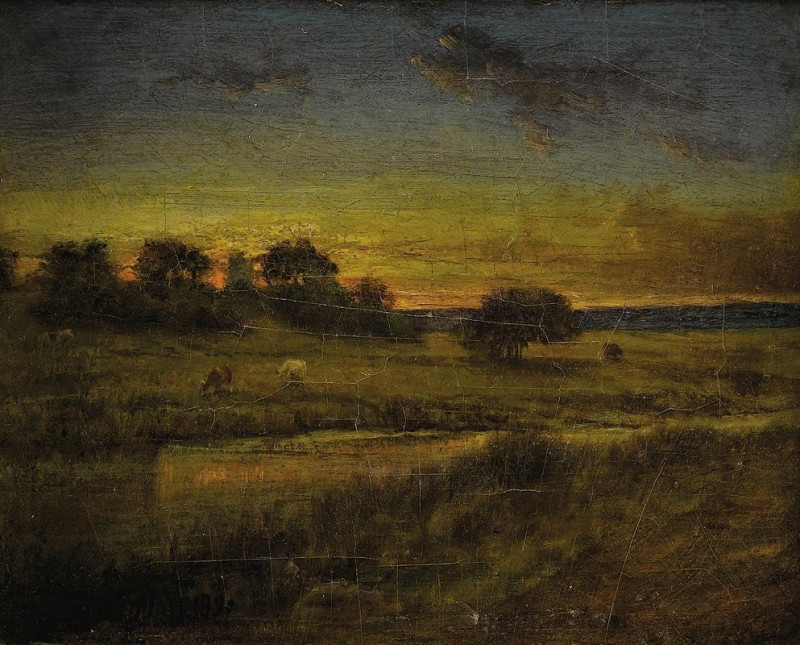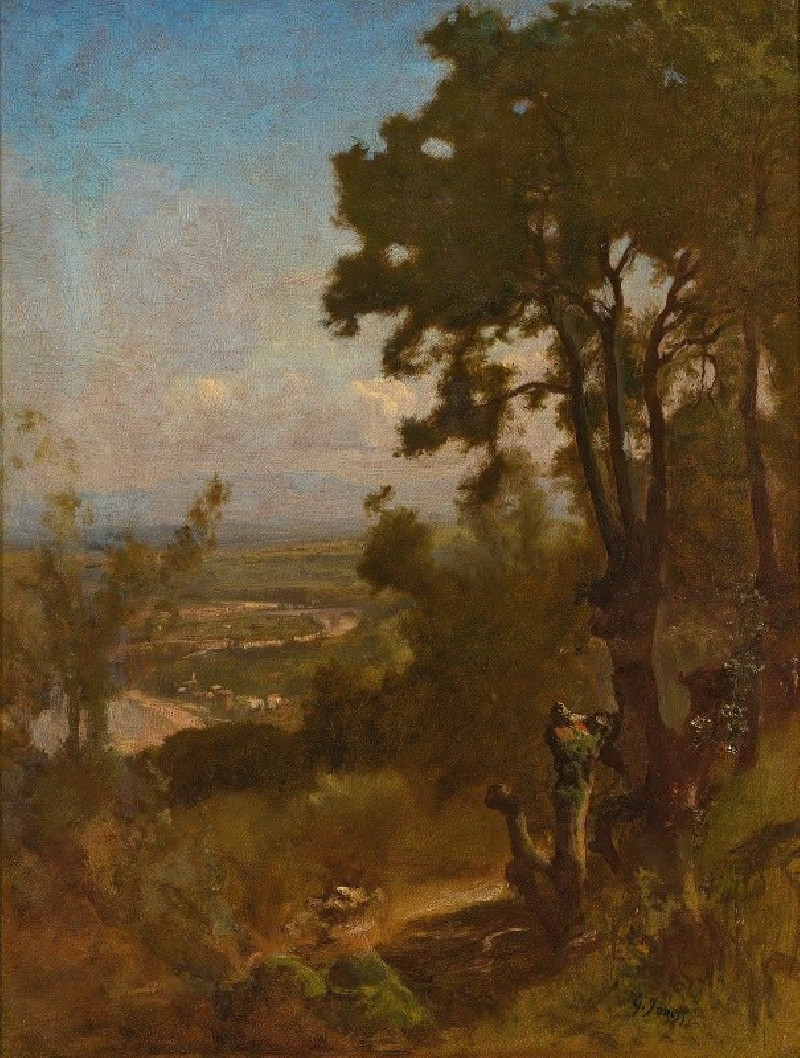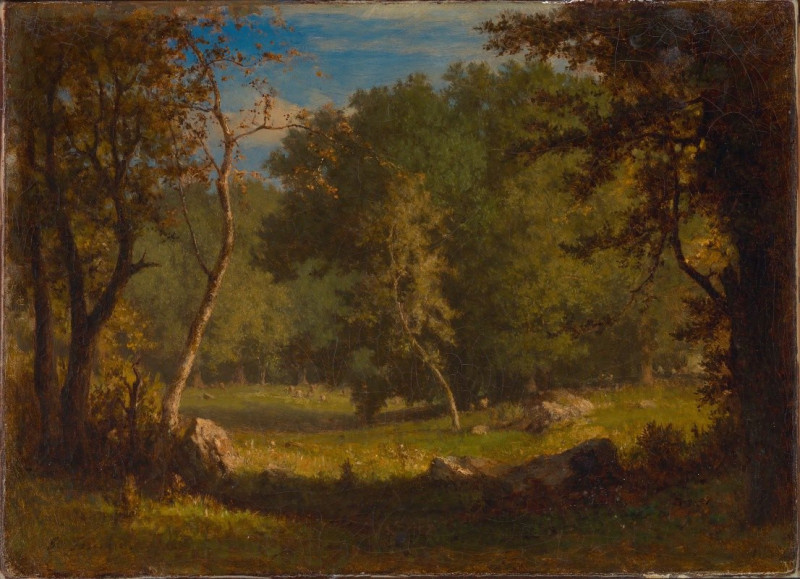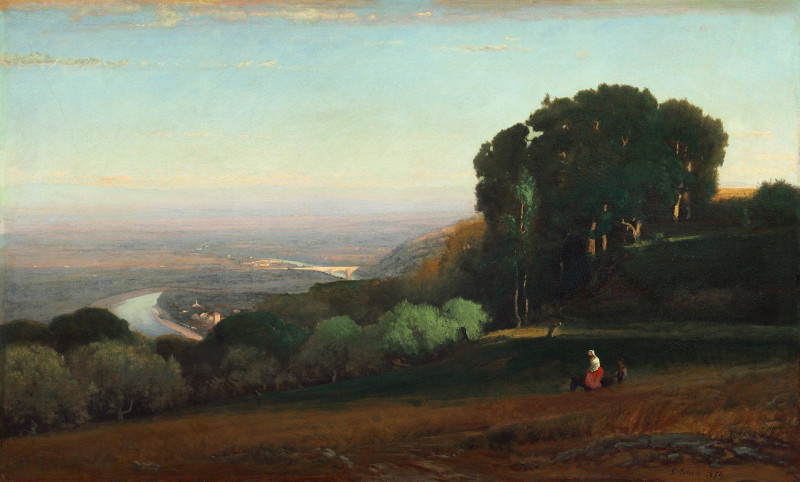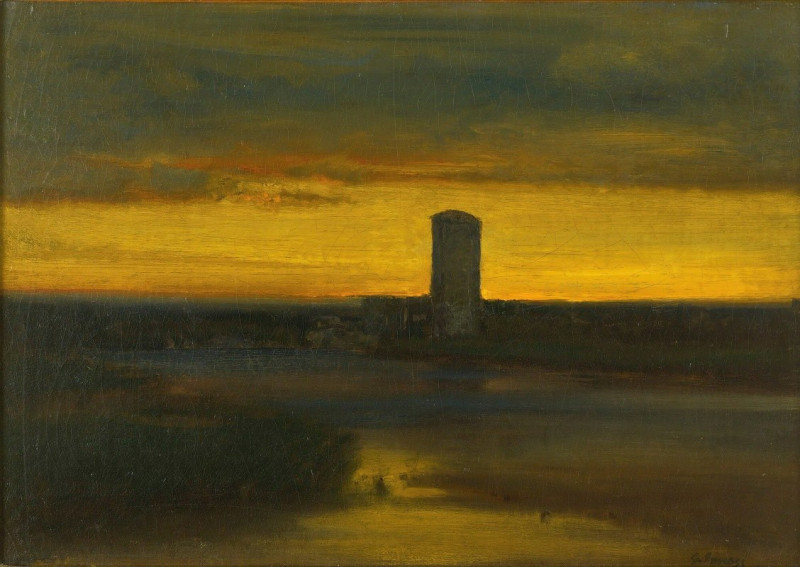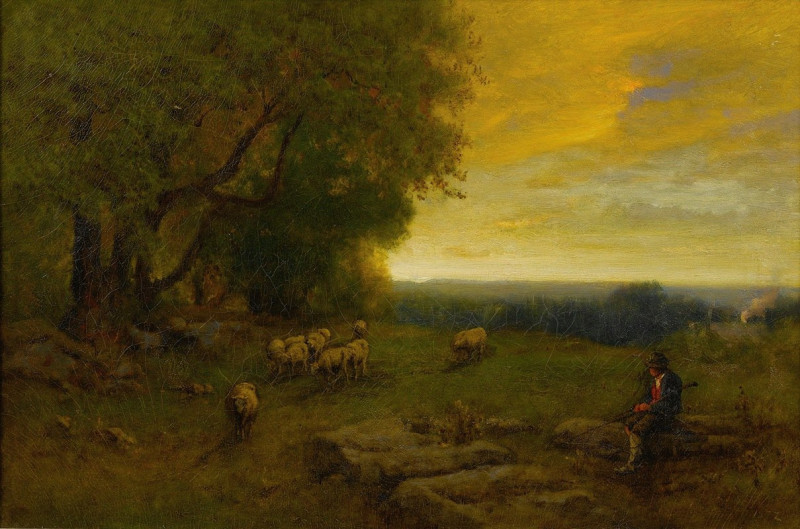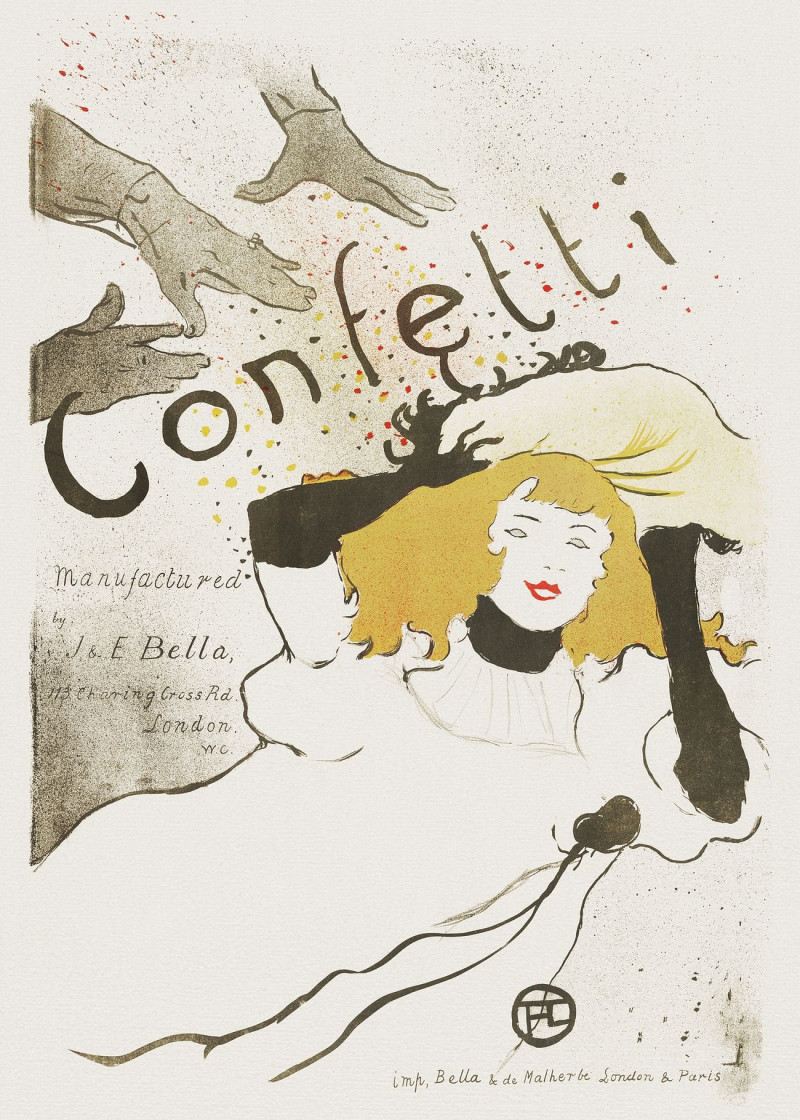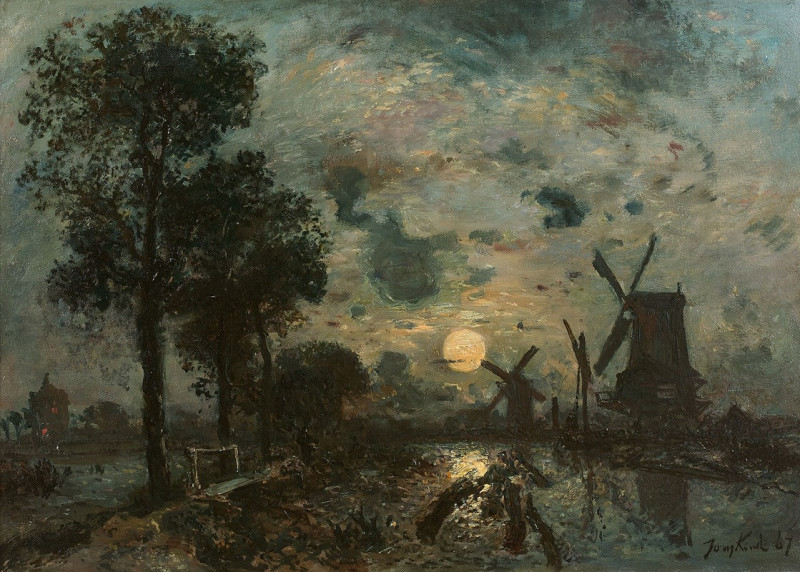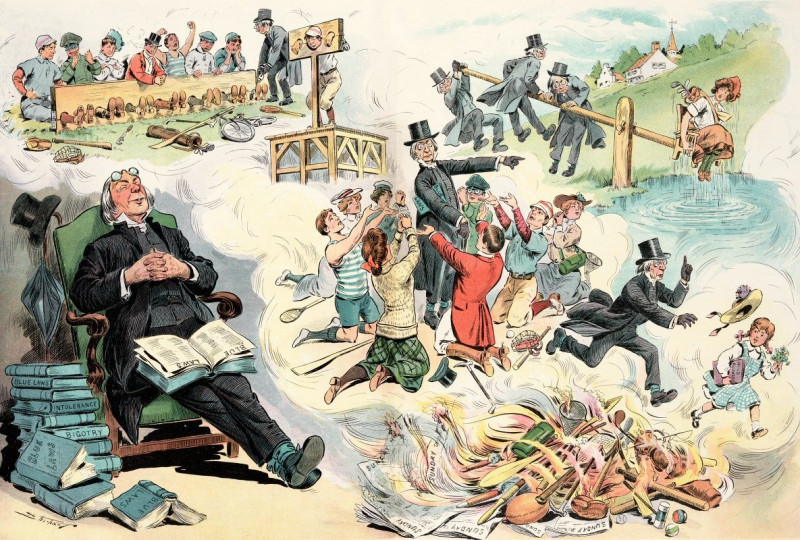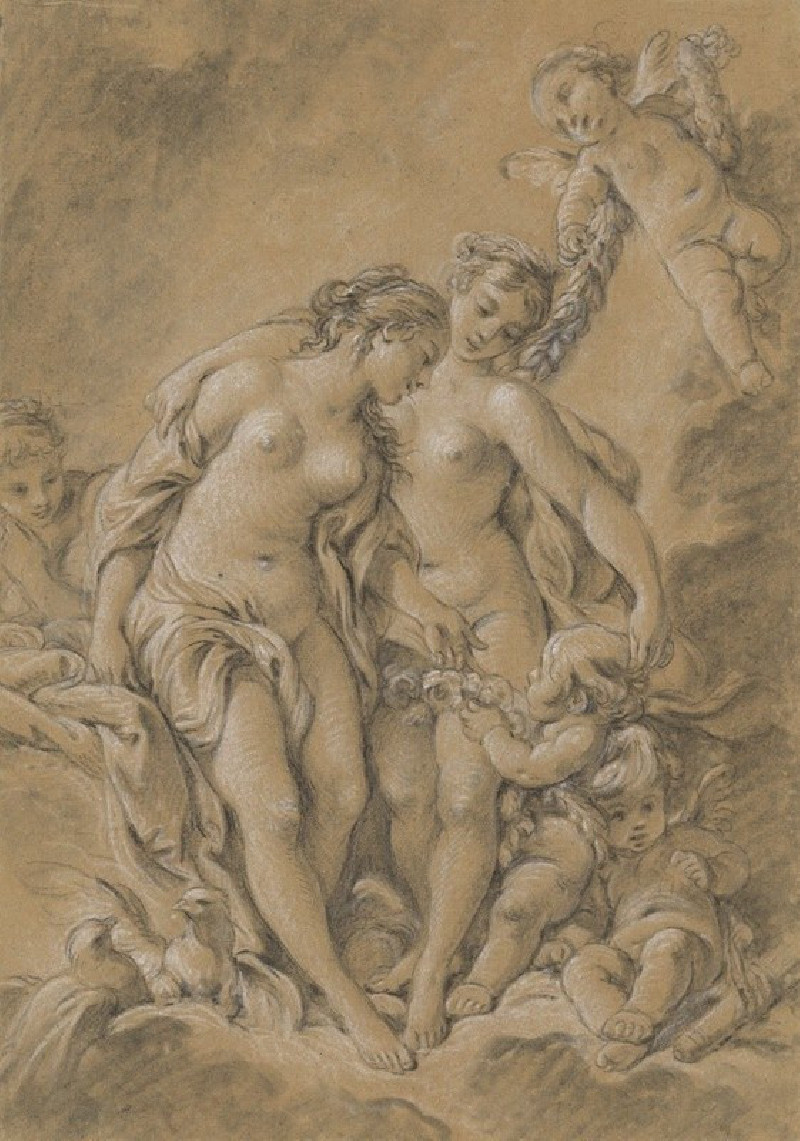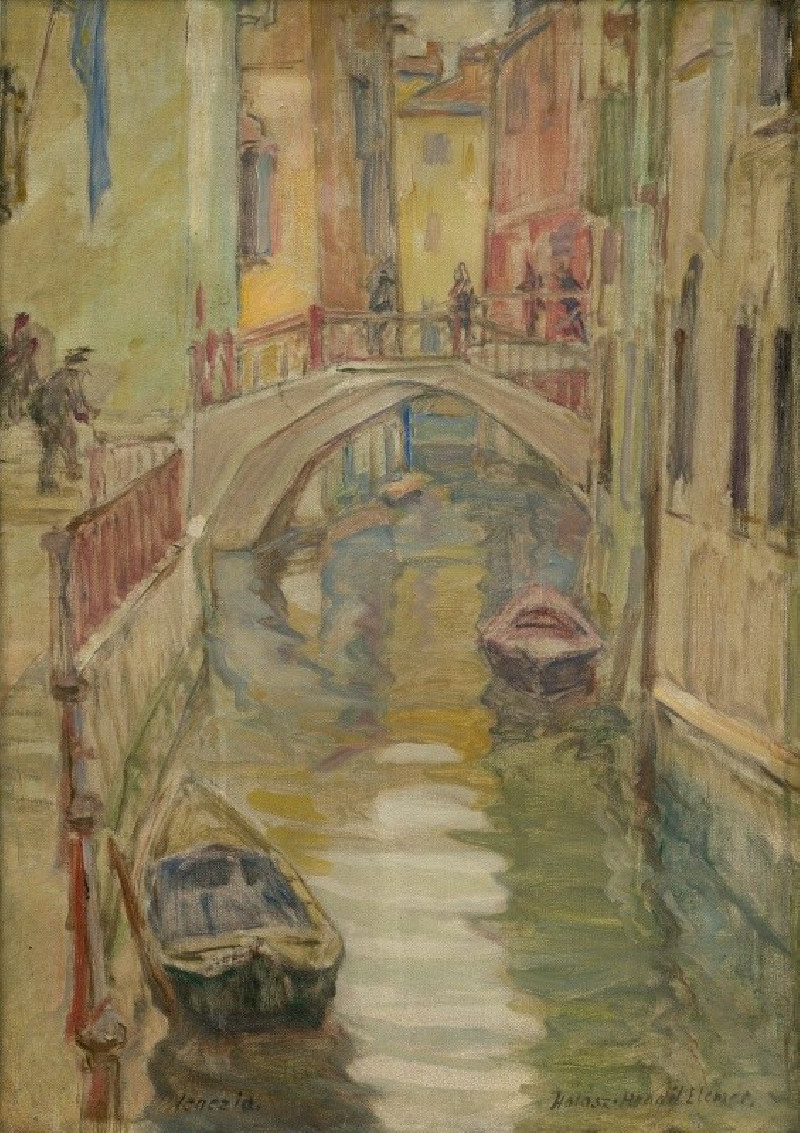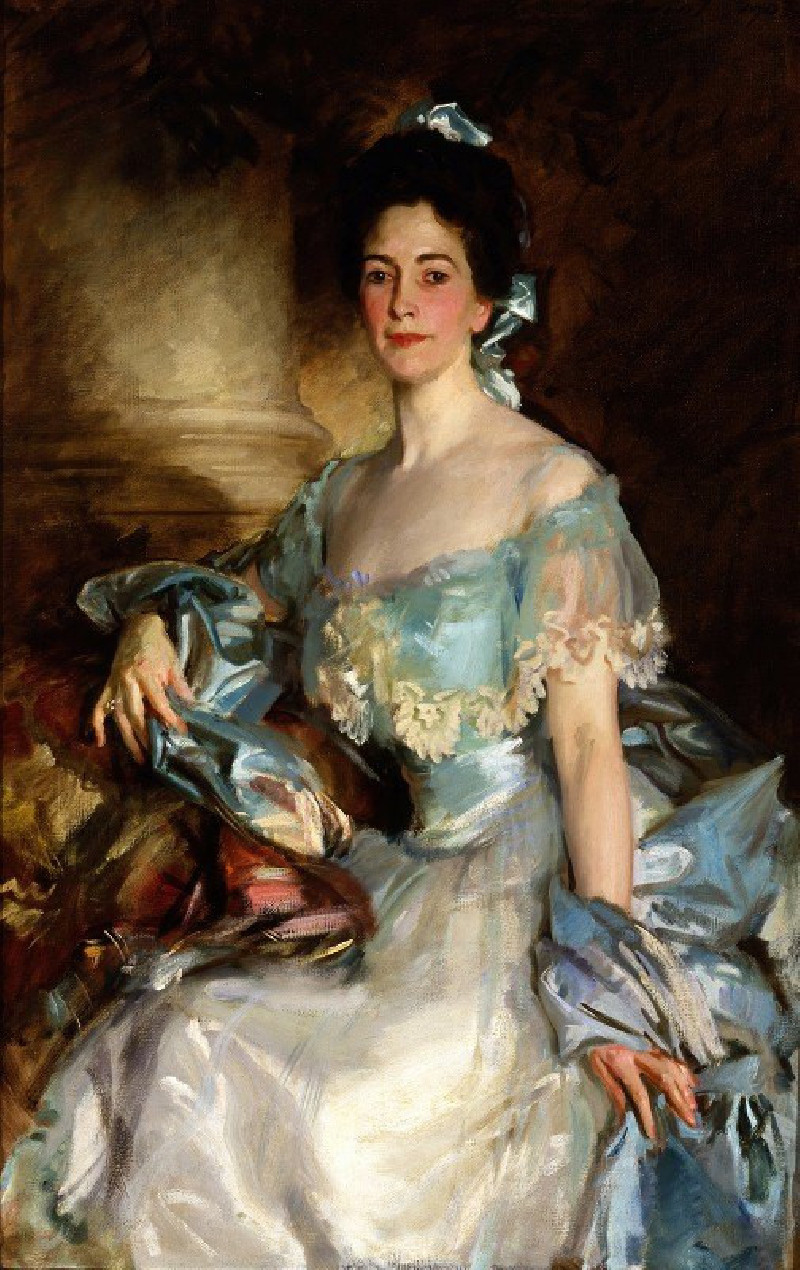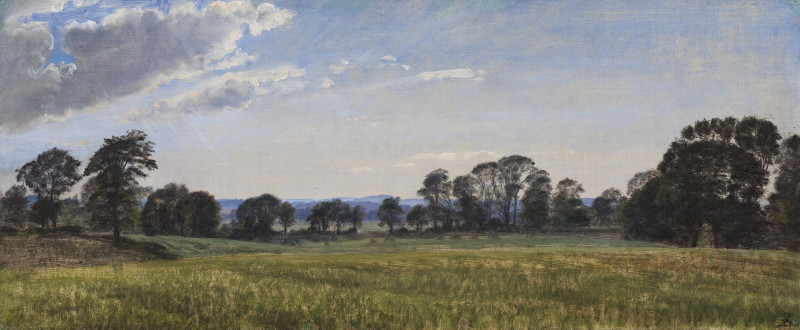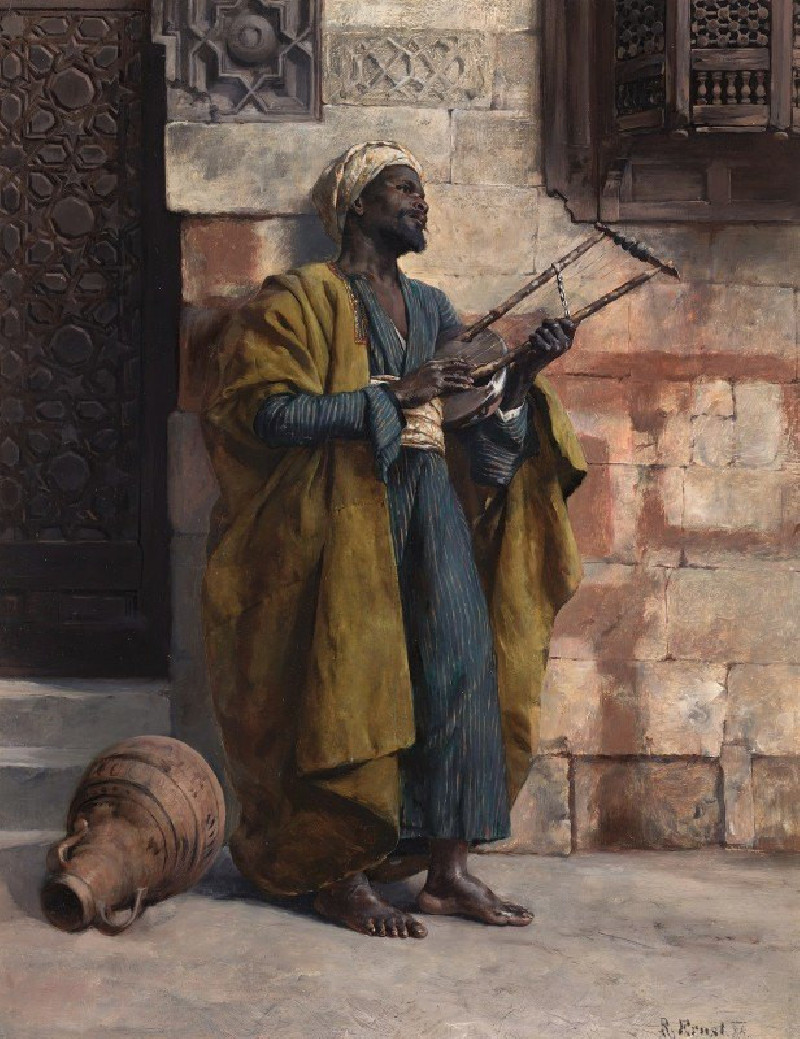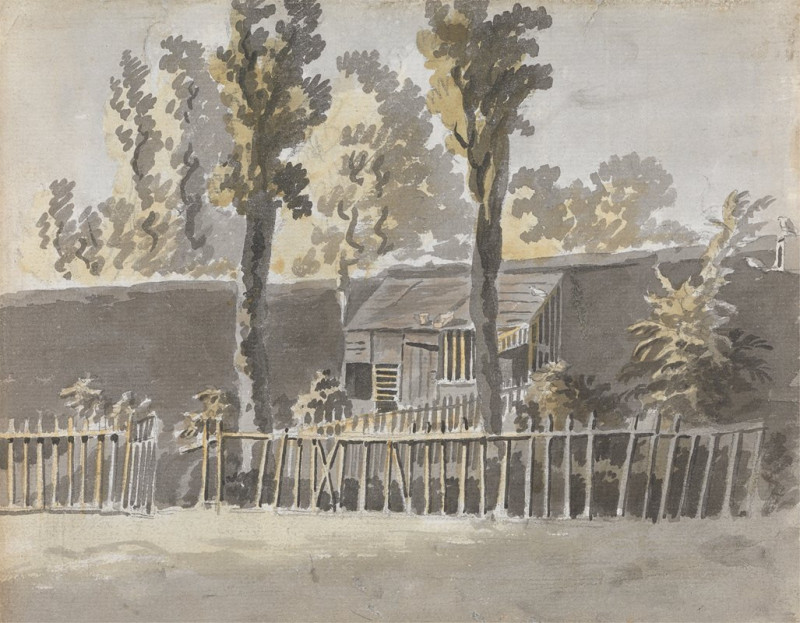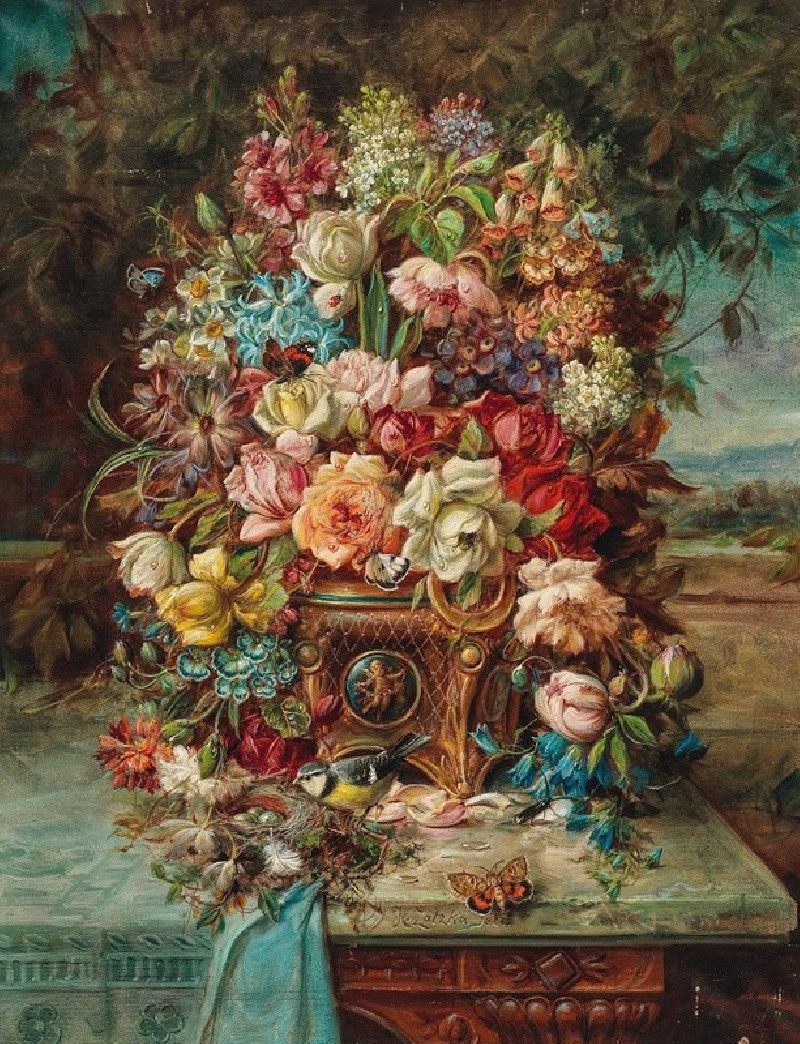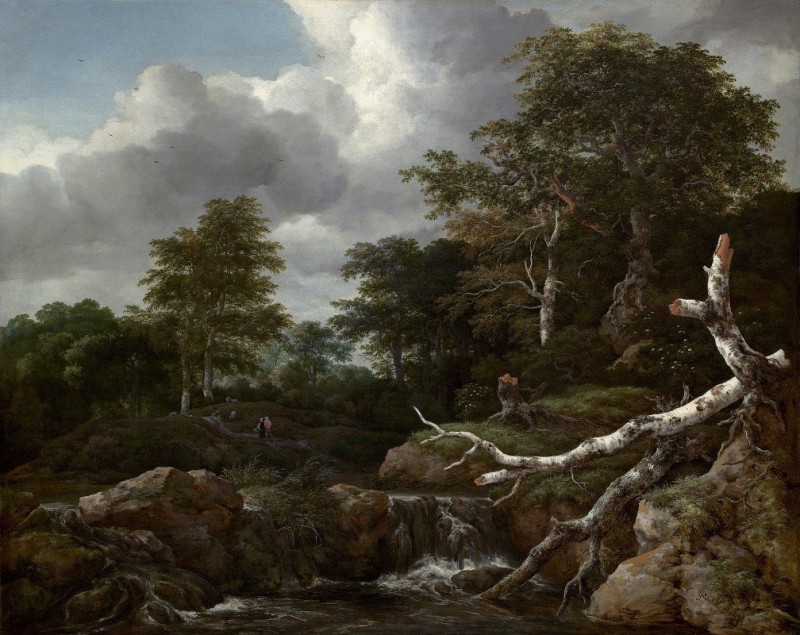Harvest Time (1864)
Technique: Giclée quality print
Recommended by our customers
More about this artwork
"Harvest Time" (1864) by American artist George Inness captures a serene and lush landscape scene, embodying the essence of the agricultural life and its rhythmical engagement with nature. In this exquisite piece of fine art, Inness employs his masterful understanding of light and shadow to portray a rich, fertile field under a dynamic, cloud-strewn sky.In the foreground, we see the freshly cut sections of a field, vibrant with patches of green vegetation. The middle ground is dominated by figures working beside large haystacks, highlighting the human effort intertwined with natural cycles. The presence of a haywain, partially loaded, suggests the ongoing activity of harvesting. This painting masterfully integrates human figures into the landscape, reflecting their small scale in the vastness of nature, yet significant in their laborious interaction with it.The depth of the scene is enhanced by the dense trees on the right and an expansive view that stretches toward a distant horizon on the left, perhaps hinting at the endless cycle of seasons and farming life. The skies, a dramatic element in many of Inness’s works, with their muted blues and grays interspersed with light, draw the viewer's eye upward and complement the earthy tones of the land."Harvest Time" is not just a visual image but a narrative about the harmony between man and nature, painted with the soft yet expressive brushwork characteristic of Inness’s mature style. This painting invites viewers to reflect on the timeless and enduring rhythms of the earth and our place within it.
Delivery
Returns
George Inness (May 1, 1825 – August 3, 1894) was a prominent American landscape painter.
Now recognized as one of the most influential American artists of the nineteenth century, Inness was influenced by the Hudson River School at the start of his career. He also studied the Old Masters, and artists of the Barbizon school during later trips to Europe. There he was introduced to the theology of Emanuel Swedenborg, which was significant for him; he expressed that spiritualism in the works of his maturity (1879–1894).


